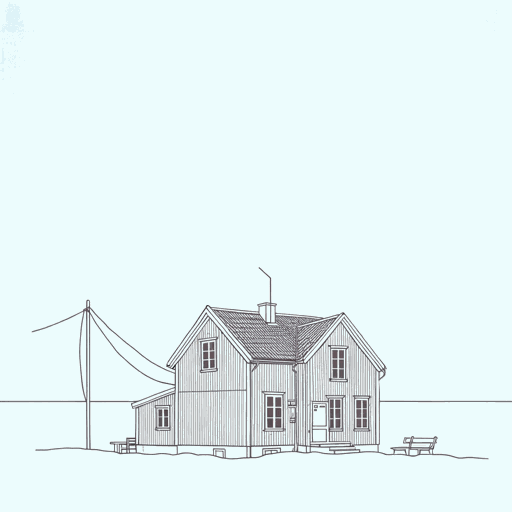93 pages • 3 hours read
Fredrik BackmanA Man Called Ove
Fiction | Novel | Adult | Published in 2012A modern alternative to SparkNotes and CliffsNotes, SuperSummary offers high-quality Study Guides with detailed chapter summaries and analysis of major themes, characters, and more. For select classroom titles, we also provide Teaching Guides with discussion and quiz questions to prompt student engagement.
Summary and Study Guide
Overview
Swedish author Fredrik Backman’s 2012 novel, A Man Called Ove, tells the darkly humorous story of Ove, a 59-year-old Swedish man struggling to find purpose in his life. When the book opens, Ove’s wife Sonja has recently died. After losing his job, Ove plans to kill himself. Ove seems at odds with the world, constantly angry at the people around him and getting into altercations with shop workers, neighbors, and even other drivers on the road. Through Ove’s neurotic worldview, themes of distrusting technology and the fear of the “other” emerge.
Ove’s plans for suicide derail when some meddling new neighbors move in: Parvaneh, an Iranian woman, her husband Patrick, and their two daughters. Parvaneh comes to recognize that Ove, despite his gruff exterior, may be suffering internally. She sets out to keep him occupied and give him the purpose he’s lacking, asking him for help with small tasks like bleeding radiators, caring for a stray cat, and teaching her how to drive. As the book progresses, Ove repeatedly attempts to commit suicide, but outside forces consistently interrupt him. In the process, he becomes more entangled with Parvaneh and her family as well as with other neighbors.
Ove’s neighbor and former friend Rune—whom he had a falling out with decades ago—as well as Rune’s wife Anita serve as the central source of conflict that will provide Ove with a reason to keep fighting: The government is threatening to put Rune, who has Alzheimer’s, in a care home. For Ove, this is a very touchy subject: A bus accident injured Sonja shortly after they married, and she subsequently spent the rest of her life in a wheelchair. Government officials had proposed to Ove that she would be better off in a home, a suggestion that enraged him.
As he takes steps to help Anita and Rune, putting aside old squabbles, Ove finds the neighbors he once detested rallying around him. The entire community successfully comes together to help keep bureaucratic red tape from separating Anita and Rune. In the process, Ove forms emotional bonds with many of these individuals and discovers a new sense of belonging for the first time since Sonja died.
By the book’s conclusion, Ove has evolved from a solitary man intent on suicide to having a close-knit community around him. He manages to find another life after Sonja, painful and difficult as it may be. He later dies in his sleep. At his funeral, some 300 people celebrate the grumpy man who once had no friends.
The plot touches on topics like death, grief, and love, and the narrative incorporates a diverse cast of characters (from an Iranian immigrant woman to a gay teenager) to speak to the universality of these themes. The book also deals heavily with questions of what is “right” and “wrong” in the world, and presses home the point that what is right by bureaucratic, legal, or governmental standards may not be right from a “human decency” point of view.
Backman’s great trick seems to be in presenting ornery Ove, a grumpy old man, as an initially unsympathetic character—and then peeling back the layers of how he came to be that way in a sympathetic manner. The satirical novel demonstrates Ove’s universal struggles of love, its loss, and grief. The English-language film adaptation of this international best-selling novel, starring Tom Hanks, releases in 2020.
Related Titles
By Fredrik Backman

Anxious People
Fredrik Backman

Beartown
Fredrik Backman

Britt-Marie Was Here
Fredrik Backman, Transl. Henning Koch

My Grandmother Asked Me to Tell You She's Sorry
Fredrik Backman

The Winners
Fredrik Backman

Us Against You
Fredrik Backman

